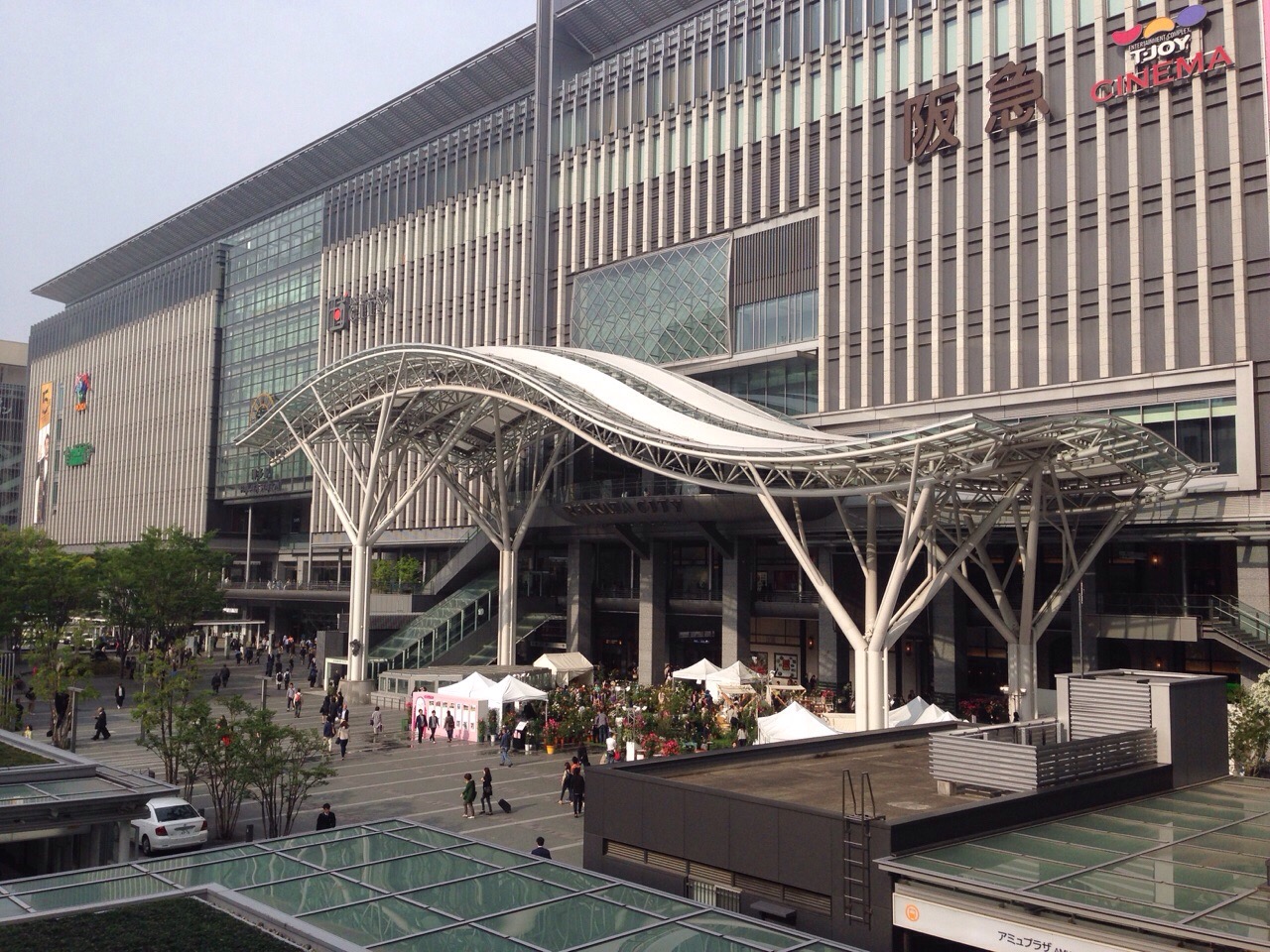Hakata
Hakata Station (Japanese: はかたえき) is a railway station of Kyushu Passenger Railway (JR Kyushu), West Japan Railway (JR West Japan) and Fukuoka City Transportation Bureau (Fukuoka Subway), located at Hakata Station, Hakata-ku, Fukuoka Prefecture. Central Street.
Hakata Station is a representative station in Kyushu and Fukuoka City, and is the largest station in Kyushu. The express train from here connects the major cities of Kyushu, and the fast, quasi-fast and regular trains in the Fukuoka metropolitan area also use this station as an important hub. The number of express trains is the highest in Japan. This station is the end of the Sanyo Shinkansen, the starting point of the Kyushu Shinkansen, and the western end of the Tokaido and Sanyo Shinkansen. The Shinkansen trains to Hiroshima, Osaka, Nagoya, and Tokyo are all on the station.
Hakata Station is located in Hakata District, one of the central districts of Fukuoka City. It is about 2 kilometers east of Tenjin City (the location of Nishitetsu Fukuoka Station operated by West Japan Railway Company) and 2.75 kilometers west of Fukuoka Airport; both can be reached quickly by subway.

JR Hakata Station
Station construction and layout

JR Hakata Station Floor Plan
The layout of the station itself is very simple, with a wide corridor connecting the two sides. The buildings around the station include shopping centers and department stores, as well as hotels, dining and leisure facilities.
On the west side of the station are Hankyu Department Store, Amu Plaza Shopping Center, Tokyu Hands Department Store and Kitte Shopping Center. To the east is the Amu Est shopping centre, the Deitos food court and the electronics giant Yodobashi Camera. There are 3 underground shopping malls in Hakata Station: Ming, Hakataeki Chikagai and Hakata Ichibangai. Kooten is the food court on the 9th and 10th floors of JR Hakata City.
The west side of Hakata Station is called the Hakata Entrance to the Nakasu Nightlife Area and the Tenjin area. It has a grand façade and the Hakata bus terminal is located at its northern end.
The east side is known as the Chikushi entrance and is closest to the Shinkansen platform.
There is a ticket gate in the central corridor connecting the two sides.
路线
Hakata Station has 16 stations. Some railways even use multiple platforms for trains traveling in the same direction.
Station No. 1: Kagoshima Main Line runs to Kurosaki, Ogura, Mojishima.
Platform No. 2: Kagoshima Main Line heads for Kurosaki, Kokura, Moji Island; Nippo Main Line to Oita, Saiki, Miyazaki Express Train.
Station No. 3: Kagoshima Main Line heads for Kurosaki, Ogura, Mojishima; Nagasaki Main Line to Sasebo Nagasaki Express Train.
Station No. 4: The Kagoshima Main Line heads for Kokura Kurosaki; the Nagasaki Line runs to Nagasaki, Wyeth Ten Bosch, and Sasebo Express Train.
Platform No. 5: Go to the nine main lines of Yufuin in Oita Prefecture; go to the Kagoshima Main Line in Tosu, Luwei County.
Platform No. 6: Kagoshima Main Line heads for the Arboretum.
Platform No. 7: Sasaguri Line to Nogata; to Kagoshima Main Line in Tosu, Luwei County.
Platform 8: Go to the Sasaguri line in Sasaguri, Nogata, Orio.
Platform No. 11: Kyushu Shinkansen, to Kumamoto Prefecture in the center of Kagoshima; Hakata South Line to Hakata South
Stations 12 and 13: Kyushu Shinkansen to Kumamoto Prefecture in the center of Kagoshima; Sanyo, Tokaido Shinkansen to Hiroshima, Shin-Osaka, Kyoto, Nagoya, Tokyo
Platforms 14, 15 and 16: Kyushu Shinkansen to Kumamoto Prefecture in the center of Kagoshima; Sanyo, Tokaido Shinkansen to Hiroshima, Shin-Osaka, Kyoto, Nagoya, Tokyo; to the Hakata South Line in Hakata.
Hakata - Station Guide | Departures and Arrivals | Popular Routes









